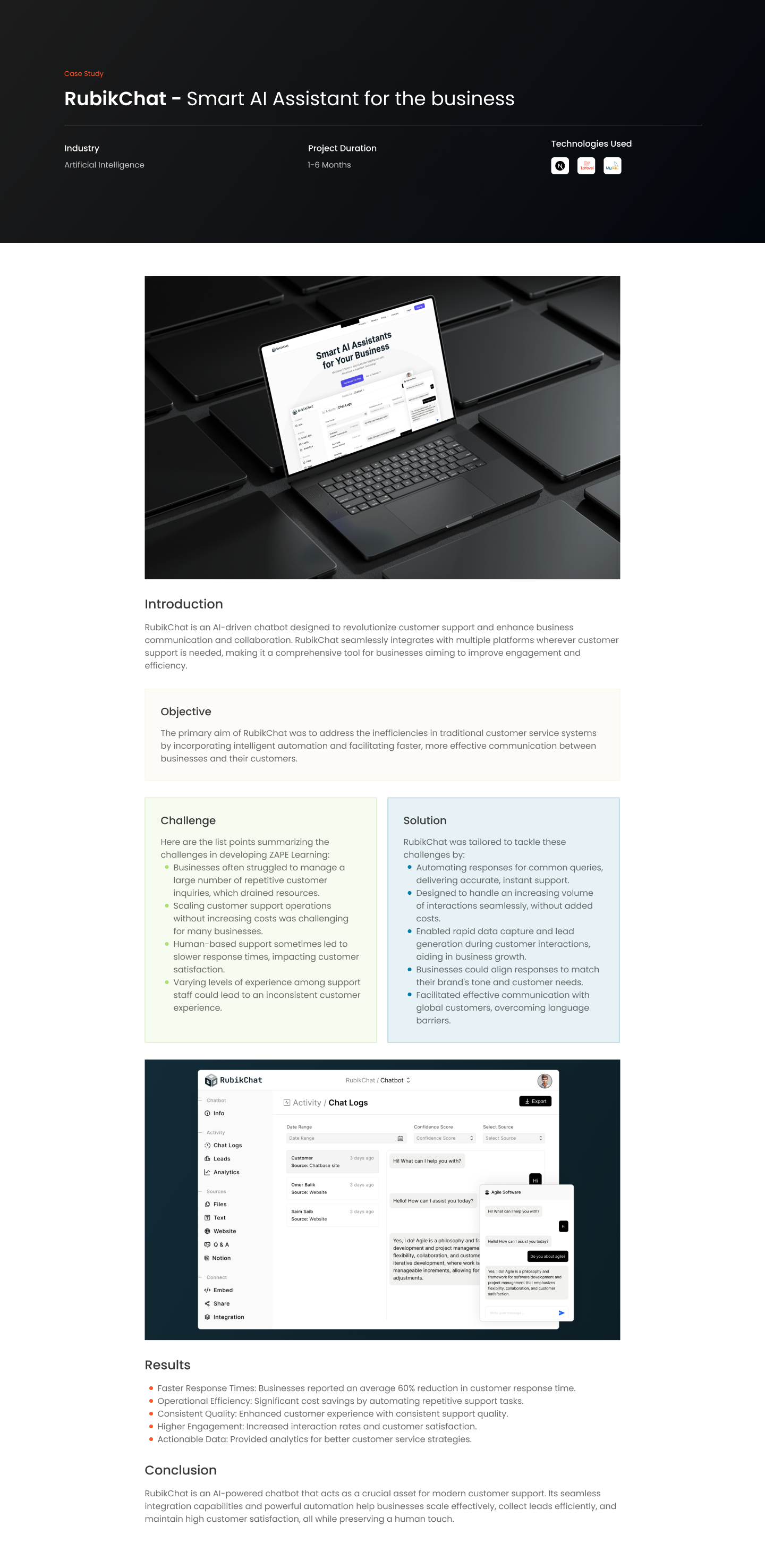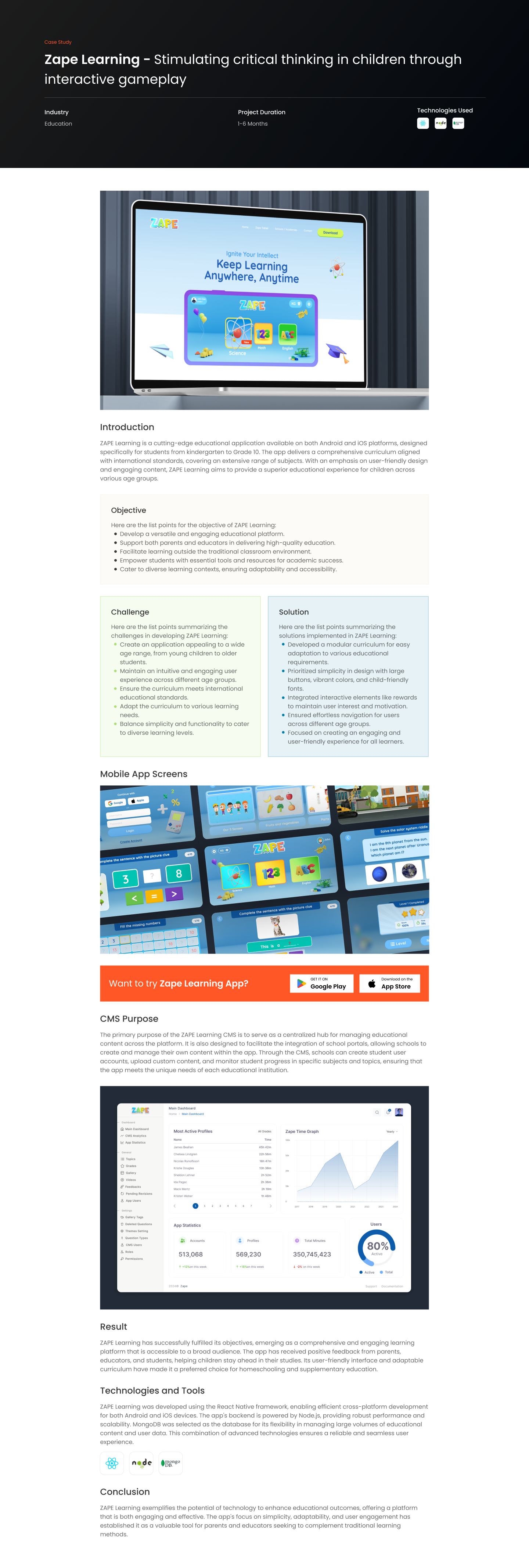Introduction
As we navigate through 2024, the DevOps landscape is evolving with new trends and technologies aimed at enhancing efficiency, security, and agility in software development and operations. Here’s a comprehensive look at the key trends shaping DevOps this year:
The Evolution and Capabilities of WebAssembly
Developed as an open standard by the W3C Community Group, WebAssembly emerged as an official standard in 2019 and has since been actively supported by all major browser vendors. It addresses a crucial need for web applications: the ability to execute code written in multiple languages at speeds close to native applications, thereby significantly enhancing the web’s capabilities. This includes support for high-performance tasks like video editing, 3D gaming, virtual and augmented reality, and scientific simulations, previously thought to be beyond the reach of web technologies.
How WebAssembly Works
WebAssembly modules, which are written in a binary instruction format, can be instantiated and executed efficiently by web browsers. This efficiency comes from WebAssembly’s compact binary format, which is designed to be quickly decoded, validated, and compiled. The format supports streaming compilation, allowing browsers to start executing code almost immediately as it’s being downloaded, similar to streaming video content .
Design Goals
WebAssembly was designed with several key objectives in mind: to provide fast, safe, and portable semantics that execute with near-native performance. It also aims to be hardware-independent, language-independent, and platform-independent, making it suitable for a wide range of applications beyond just web browsers. Additionally, WebAssembly focuses on efficient and portable representation, ensuring that it can be modular, streamable, and easily integrated into different environments.
Security and Compatibility
Security is a cornerstone of WebAssembly’s design. It executes in a sandboxed environment without direct access to the host system, relying on functions provided by the environment for any interaction. This model allows embedders to establish security policies appropriate for their context, ensuring safe execution of WebAssembly modules. Additionally, WebAssembly’s design is mindful of potential hardware-level side channel attacks, with recommendations for embedders to implement suitable mitigations.
The Future of Web Development with WebAssembly
The advent of WebAssembly is not a signal for the obsolescence of JavaScript; rather, it is an enhancement that allows developers to leverage the strengths of both technologies. While WebAssembly handles computationally intensive tasks efficiently, JavaScript continues to provide the expressive power and flexibility that developers have come to rely on, especially for interacting with the Document Object Model (DOM) of web pages.
Read More
For those looking to dive deeper into the world of WebAssembly, resources and guides are plentiful. From conceptual overviews to hands-on tutorials for compiling code from various languages into WebAssembly, developers can explore this powerful technology and begin integrating it into their web applications.
Explore further into WebAssembly through these comprehensive guides and resources:
- MDN WebAssembly Guide
- WebAssembly Official Site
- Introduction to WebAssembly by the Linux Foundation
Conclusion
WebAssembly is setting the stage for the next generation of web applications, combining performance, security, and portability in a way that enhances the entire web ecosystem. Whether you’re a seasoned developer or just starting out, understanding and utilizing WebAssembly could significantly impact the future of your web projects.
Keep Learning, Keep Testing











